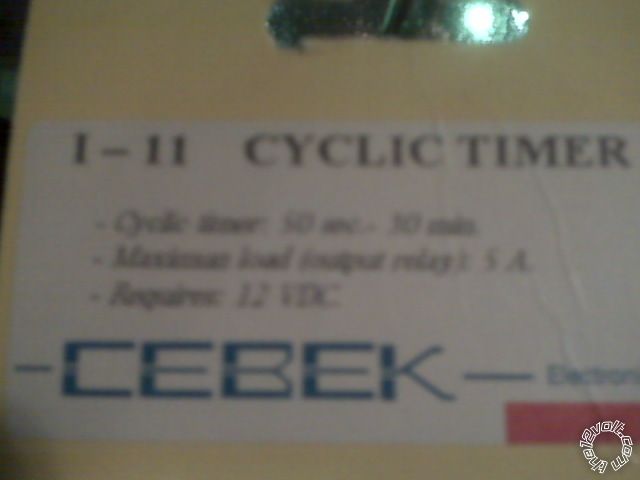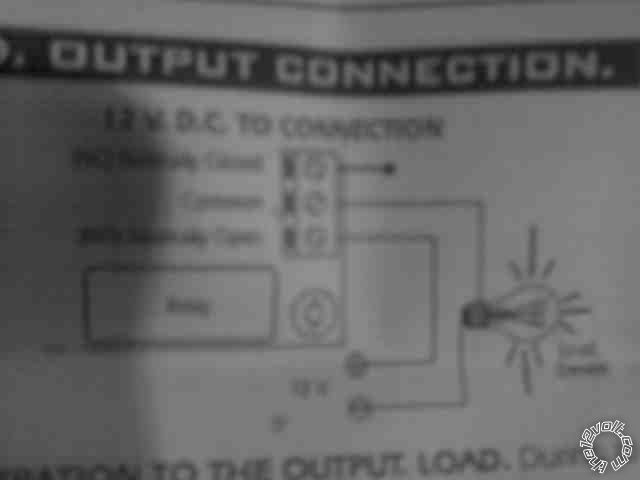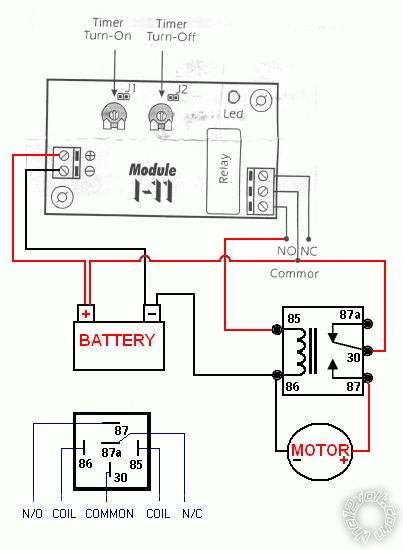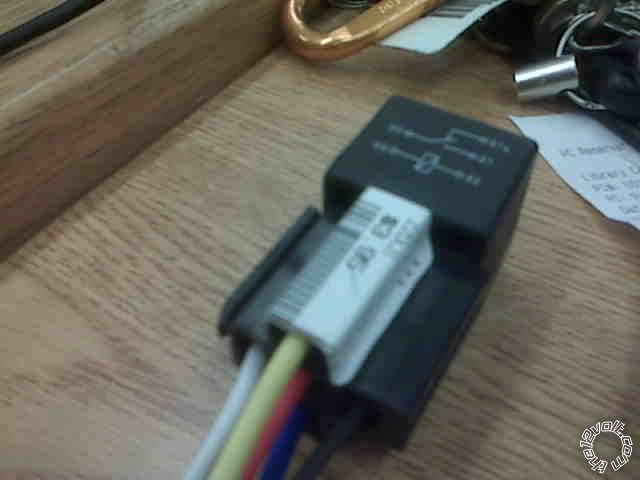Posted: December 07, 2009 at 8:00 PM / IP Logged
Posted: December 07, 2009 at 8:11 PM / IP Logged
Posted: December 07, 2009 at 11:48 PM / IP Logged
Posted: December 09, 2009 at 1:25 AM / IP Logged
Posted: December 09, 2009 at 7:19 AM / IP Logged
Posted: December 16, 2009 at 9:24 AM / IP Logged
Posted: December 16, 2009 at 8:13 PM / IP Logged
Posted: December 16, 2009 at 8:24 PM / IP Logged
Posted: December 16, 2009 at 8:29 PM / IP Logged
Posted: December 16, 2009 at 8:59 PM / IP Logged
 Printable version
Printable version


| You cannot post new topics in this forum You cannot reply to topics in this forum You cannot delete your posts in this forum You cannot edit your posts in this forum You cannot create polls in this forum You cannot vote in polls in this forum |

| Search the12volt.com |
Follow the12volt.com 
Thursday, December 25, 2025 • Copyright © 1999-2025 the12volt.com, All Rights Reserved • Privacy Policy & Use of Cookies


Thursday, December 25, 2025 • Copyright © 1999-2025 the12volt.com, All Rights Reserved • Privacy Policy & Use of Cookies
Disclaimer:
*All information on this site ( the12volt.com ) is provided "as is" without any warranty of any kind, either expressed or implied, including but not limited to fitness for a particular use. Any user assumes the entire risk as to the accuracy and use of this information. Please
verify all wire colors and diagrams before applying any information.






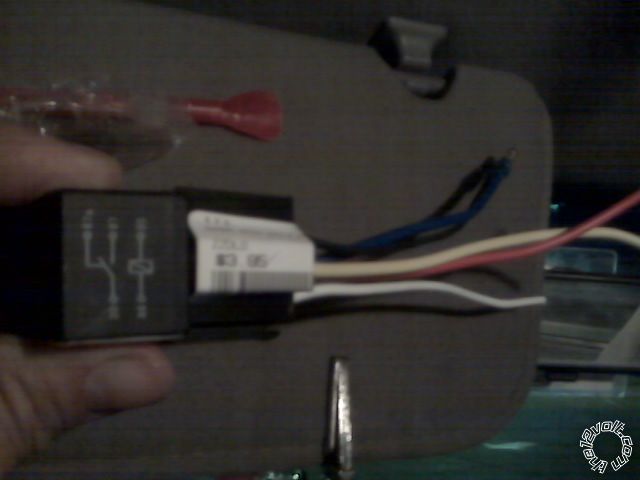 Trying to wire SPST 30/40 5 wire relay to a CEBEK cyclic timer. Onboard the timer is a 5 amp max output relay( I think at least that is what it says on the package). The DC motor I am trying to wire is measured at 7.5 load amps. Thus the reason for trying to wire in the SPST 30/40 relay.
Trying to wire SPST 30/40 5 wire relay to a CEBEK cyclic timer. Onboard the timer is a 5 amp max output relay( I think at least that is what it says on the package). The DC motor I am trying to wire is measured at 7.5 load amps. Thus the reason for trying to wire in the SPST 30/40 relay.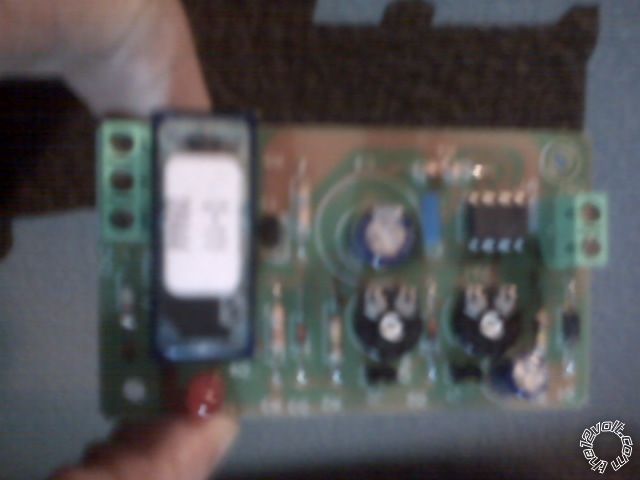 cyclic timer, and a SPST relay. I have no idea what 30 or 86 or 87 or 87a means or how the 5 wires from the relay are wired to the cyclic timer the battery and the motor. I know I need the SPST relay because the motor draws more amps than the timer can handle.
cyclic timer, and a SPST relay. I have no idea what 30 or 86 or 87 or 87a means or how the 5 wires from the relay are wired to the cyclic timer the battery and the motor. I know I need the SPST relay because the motor draws more amps than the timer can handle.